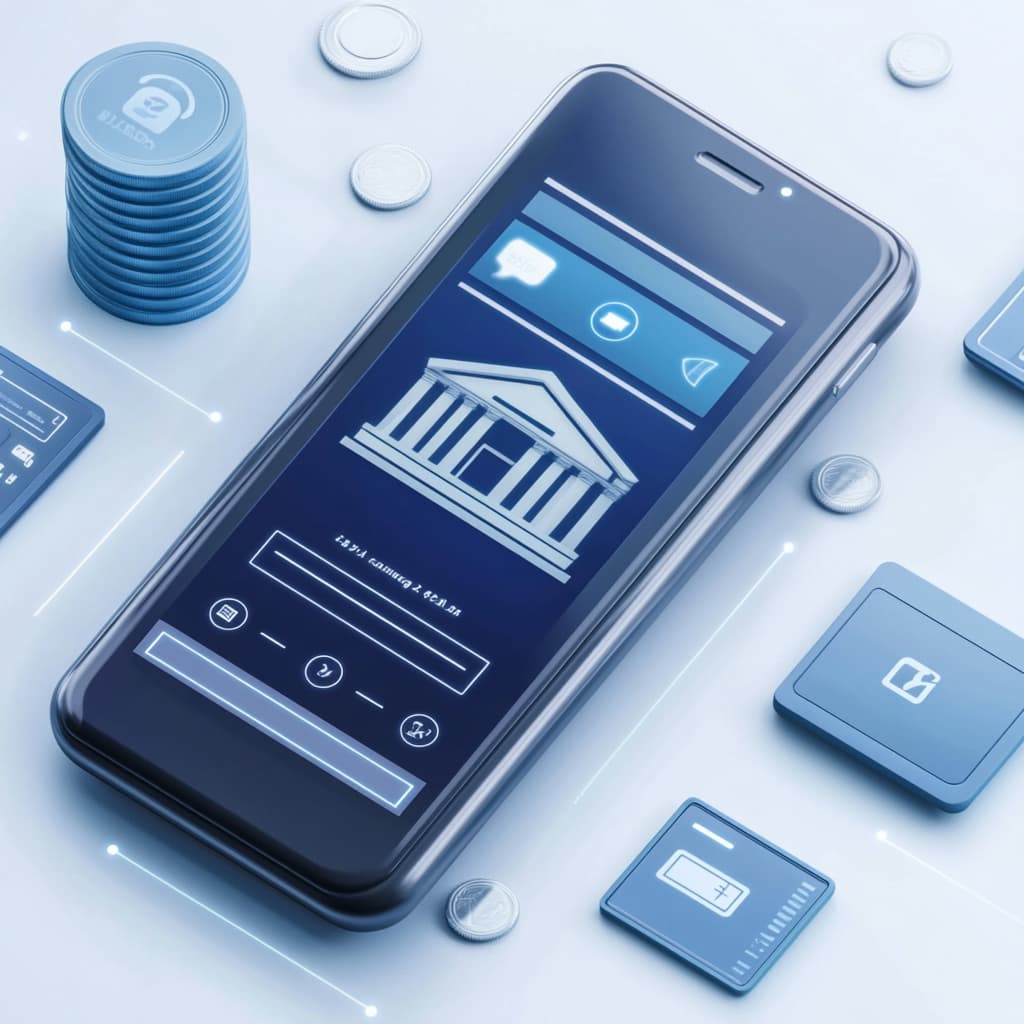In the past, a visit to the bank was a weekly ritual for millions. Customers would queue up to deposit checks, withdraw cash, or speak with a teller. Today, those rituals are rapidly disappearing. As smartphones become ever more powerful and internet connectivity becomes ubiquitous, mobile banking is taking center stage. This transformation is not just about convenience — it is reshaping the very structure and philosophy of banking itself.
In this article, we’ll explore why physical bank branches are becoming obsolete, the rise and advantages of mobile banking, and what this means for consumers, financial institutions, and the economy at large.
The Decline of Traditional Bank Branches
Over the last decade, banks across the globe have been steadily closing physical branches. According to industry data, in the United States alone, more than 3,500 bank branches have closed since 2020. The trend is global, affecting both developed and emerging markets. There are several factors behind this decline:
- Operational Costs: Maintaining a physical branch with staff, rent, utilities, and security is expensive. As customer traffic decreases, the cost-benefit analysis shifts.
- Digital Alternatives: Consumers now have access to virtually all banking services via apps or online platforms. Physical presence is no longer necessary.
- Changing Demographics: Younger generations, especially Millennials and Gen Z, prefer digital-first experiences. They rarely, if ever, visit a bank branch.
The Rise of Mobile Banking
Mobile banking is not a trend; it’s the future. Banks have made enormous investments in mobile platforms, offering apps that allow users to:
- Check account balances
- Transfer funds
- Apply for loans and credit cards
- Deposit checks using phone cameras
- Pay bills and track spending
- Receive fraud alerts and real-time notifications
According to recent surveys, over 70% of banking customers in the U.S. use a mobile banking app. In developing economies, mobile banking has often leapfrogged traditional banking infrastructure altogether, becoming the primary method of accessing financial services.
Advantages of a Branchless Banking Model
The shift to mobile and branchless banking brings a host of benefits for both banks and their customers.
Cost Efficiency for Banks
With fewer physical locations, banks significantly reduce their overhead costs. These savings can be redirected toward technology upgrades, cybersecurity, and customer rewards.
Convenience for Consumers
Customers can bank 24/7 from anywhere in the world. No need to find time to visit a branch during working hours. For people in rural or underserved areas, mobile banking provides access where none previously existed.
Enhanced Personalization
Mobile platforms use AI and data analytics to deliver personalized financial insights, budgeting tips, and product recommendations tailored to each user.
Faster Services
Mobile banking eliminates paperwork and in-person delays. Loan approvals, fund transfers, and account updates happen within seconds or minutes.
Challenges and Risks
While the future of banking may be mobile-first and branchless, the transformation is not without its challenges.
Digital Divide
Not everyone has equal access to smartphones, reliable internet, or digital literacy. Older generations and low-income communities can be disproportionately affected by branch closures.
Cybersecurity Threats
As mobile banking increases, so does the risk of cyber attacks. Banks must constantly invest in advanced encryption, biometric authentication, and fraud detection systems.
Customer Service Gaps
Some issues still require human interaction. The lack of face-to-face service can be frustrating for customers dealing with complex or sensitive problems.
Data Privacy Concerns
With increased reliance on digital platforms comes the challenge of managing and protecting vast amounts of personal data.
The Role of Neobanks and Fintech Startups
The growth of mobile banking has given rise to a new generation of financial institutions: neobanks. These are digital-only banks that operate without a single physical branch. They rely entirely on mobile apps and online platforms to deliver banking services.
Popular examples include Chime, Revolut, N26, and Monzo. These banks are known for their user-friendly interfaces, low fees, and innovative features such as instant spending alerts, automatic savings, and fee-free currency exchange.
Traditional banks are increasingly competing with these agile startups by investing heavily in their own digital ecosystems or acquiring fintech companies.
How Banks Are Adapting
While some banks are fully embracing the branchless model, others are taking a hybrid approach. This includes:
- Reducing the number of branches but keeping key locations as “experience centers”
- Using branches for complex services like wealth management or business banking
- Implementing video conferencing within apps for virtual face-to-face consultations
Additionally, banks are offering virtual assistants powered by artificial intelligence, capable of answering customer questions in real-time without human involvement.
Future Outlook: What Comes Next?
Looking ahead, the trend toward branchless banking is expected to accelerate, driven by technological innovation and shifting consumer expectations.
We can anticipate:
- Greater Integration with Smart Devices: Smartwatches, voice assistants, and IoT devices will play a larger role in how we interact with banks.
- Expansion of Digital ID and E-signatures: Eliminating even more paperwork and friction from account opening and transactions.
- Decentralized Finance (DeFi): Blockchain-based banking alternatives may offer peer-to-peer financial services without intermediaries.
- More Inclusive Financial Services: With the right policies and innovations, mobile banking could help bridge the gap for the unbanked and underbanked.
Conclusion
The banking landscape is undergoing a radical transformation. As mobile banking becomes the norm and digital-native generations demand speed, convenience, and personalization, the need for physical bank branches continues to decline.
While challenges remain, the shift to a branchless banking model offers numerous advantages for both consumers and financial institutions. The banks of the future will not be defined by buildings and branches, but by their ability to offer secure, seamless, and personalized services through digital platforms.
For individuals and businesses alike, understanding and embracing this change is essential — because the future of banking isn’t on the high street. It’s in your pocket.



